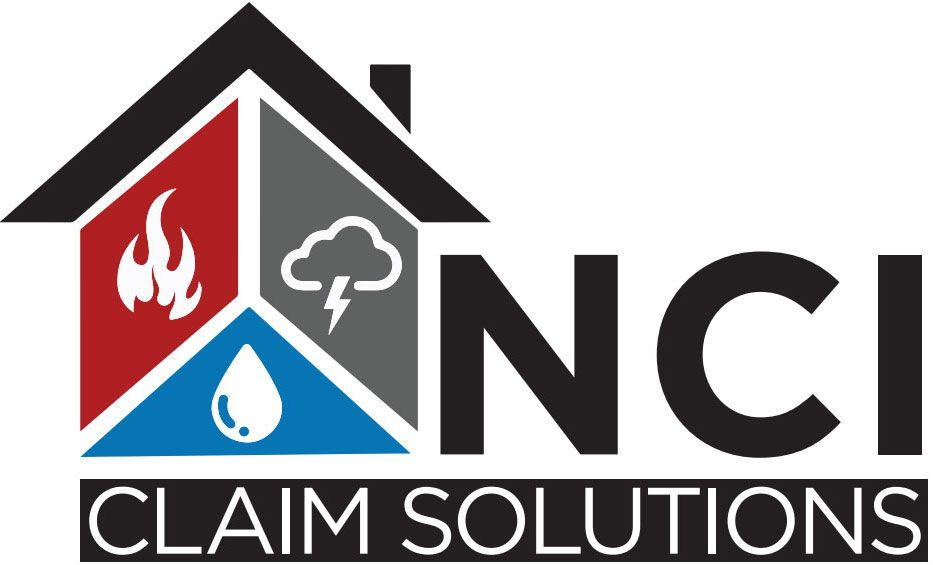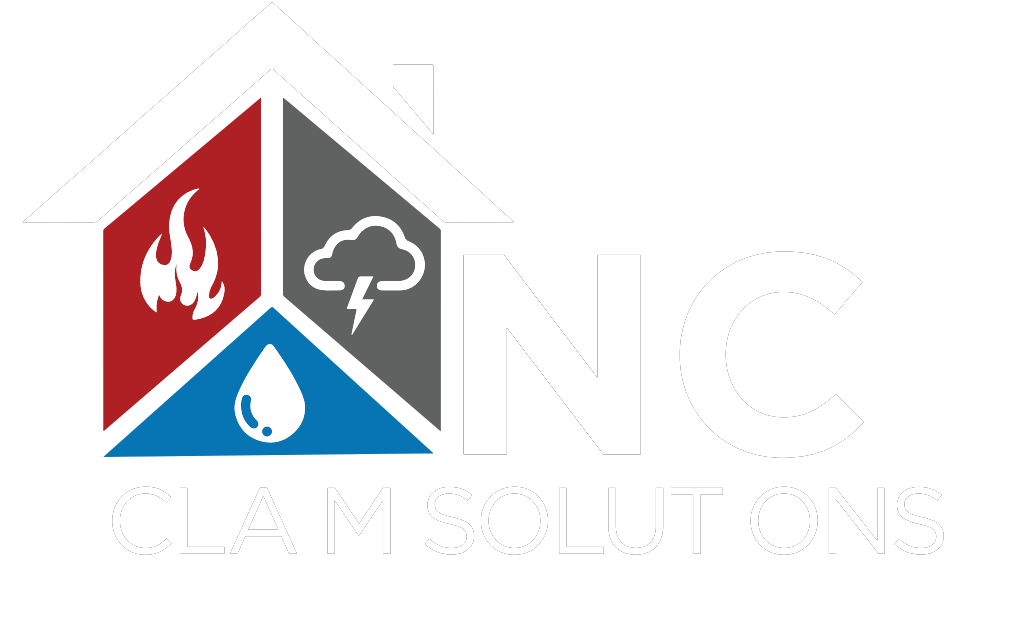Frequently Asked Questions

FAQ'S
-
What is a Public Adjuster?
A Public Adjuster is a licensed representative appointed by the state to advocate for the policyholder. Their primary objective is to fight for the insured's rights. Public Adjusters possess the authority to interpret and discuss insurance policies pertaining to residential and commercial properties. They oversee the entire claims process, aiming to alleviate stress for homeowners and ensure maximum indemnity by skillfully negotiating the claim.
-
What Are The Three Types of Adjusters?
- Insurance Adjuster
These professionals are employed by insurance companies and represent their interests. They utilize the company's resources and are typically compensated as hourly employees.
- Independent Adjuster
Independent adjusters are contracted by insurance companies during periods of high demand, such as after a catastrophic event. They operate on a fee basis, with charges varying based on the scale of the loss. Independent adjusters can provide valuable assistance to homeowners.
- Public Adjuster
A public adjuster works directly for the homeowner, acting as their advocate. They prioritize the insured's best interests and hold insurance carriers accountable to ensure full indemnity as per the policy terms at the time of the loss or event.
-
What is the Insurance Claim Process?
1. Occurrence of Loss or Event: The process begins when damage or an event affects your property.
2. Investigation Phase (Document, Document, Document!): It's crucial to gather evidence promptly. Take photos or videos to accurately depict the damage and create a detailed list of affected property. As the claimant, you bear the burden of proof to demonstrate your loss. If the insurance company disputes coverage, the burden shifts to them.
3. Consultation: Consider contacting a Public Adjuster or a knowledgeable contractor experienced in insurance work before informing the insurance company. Their expertise can ensure a smoother process and accurate documentation of damages.
4. Initiating the Claim: Contact your insurance provider to report the loss. Provide basic details about the date and type of loss without speculating on specifics. Avoid unintentional errors that could jeopardize your claim's validity.
5. Estimation and Negotiation Phase: Once documentation and investigation are complete, estimates for property damages are prepared. A Public Adjuster or contractor may provide multiple estimates based on the extent of damage. The Public Adjuster then negotiates with the insurance company on your behalf to ensure fair compensation within policy limits.
6. Accounting Phase: Upon agreement, funds are released for repairs or replacements. The method of payment depends on policy provisions, such as Replacement Cost Value (RCV) or Actual Cash Value (ACV). Understanding these differences is crucial for interpreting settlement terms.
Navigating the insurance claim process requires patience, diligence, attention to detail, and most importantly, owner involvement. By following these steps and seeking professional guidance when needed, you can ensure a successful outcome for your claim.
-
What Do These Important Definitions Mean?
Indemnification (to indemnify) - At the core of insurance coverage, indemnification is a contractual obligation wherein one party agrees to provide compensation to another party in the event of a loss. The aim is to restore the insured to the same financial position they were in before the loss occurred, ensuring neither economic gain nor loss.
Property Damage - Defined as "injury to, destruction of, or loss of use of tangible property." However, the term "injury" may vary between normal use and contractual interpretation.
Incurred - Contrary to common understanding (out-of-pocket expense), the term "incurred" holds a deeper legal implication. It signifies becoming subject to and liable for an obligation, as imposed by law or contractual agreement. In essence, once an insured becomes liable or subject to an expense or legal obligation, it is considered "incurred." This underscores the contractual nature of insurance agreements, wherein costs incurred due to obligations, such as those with a general contractor, are eligible for coverage as per the policy terms.

